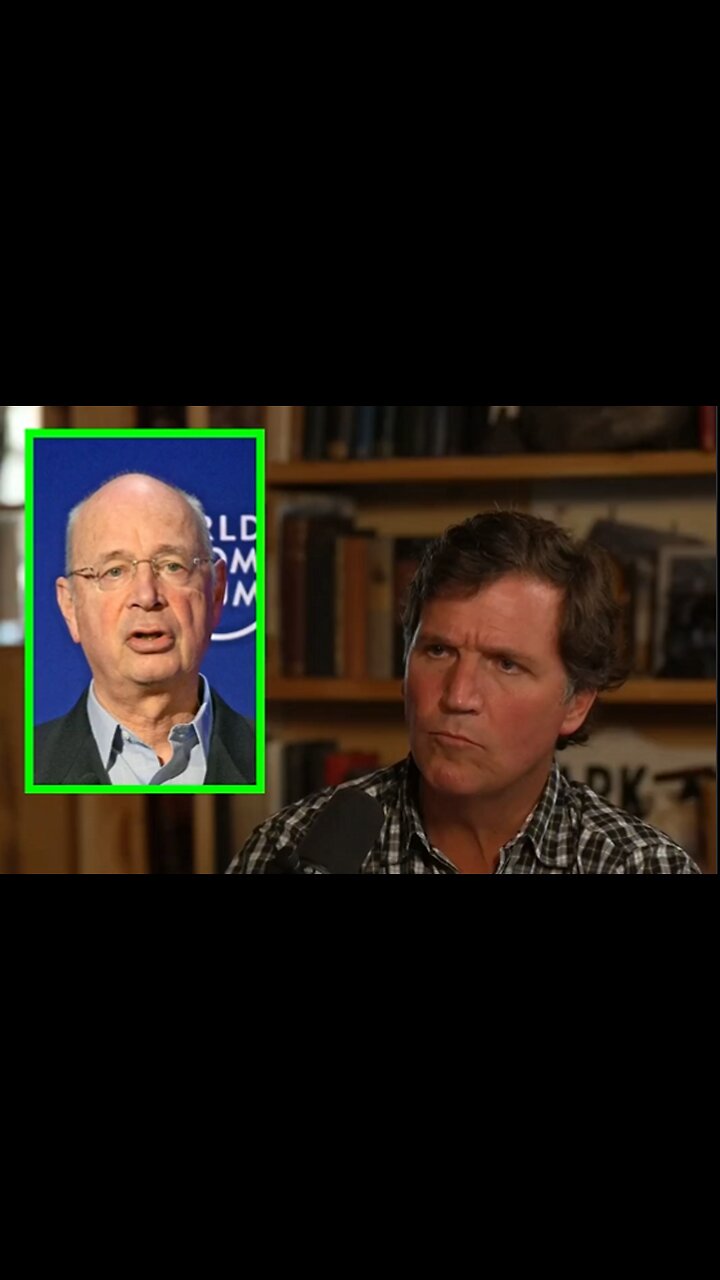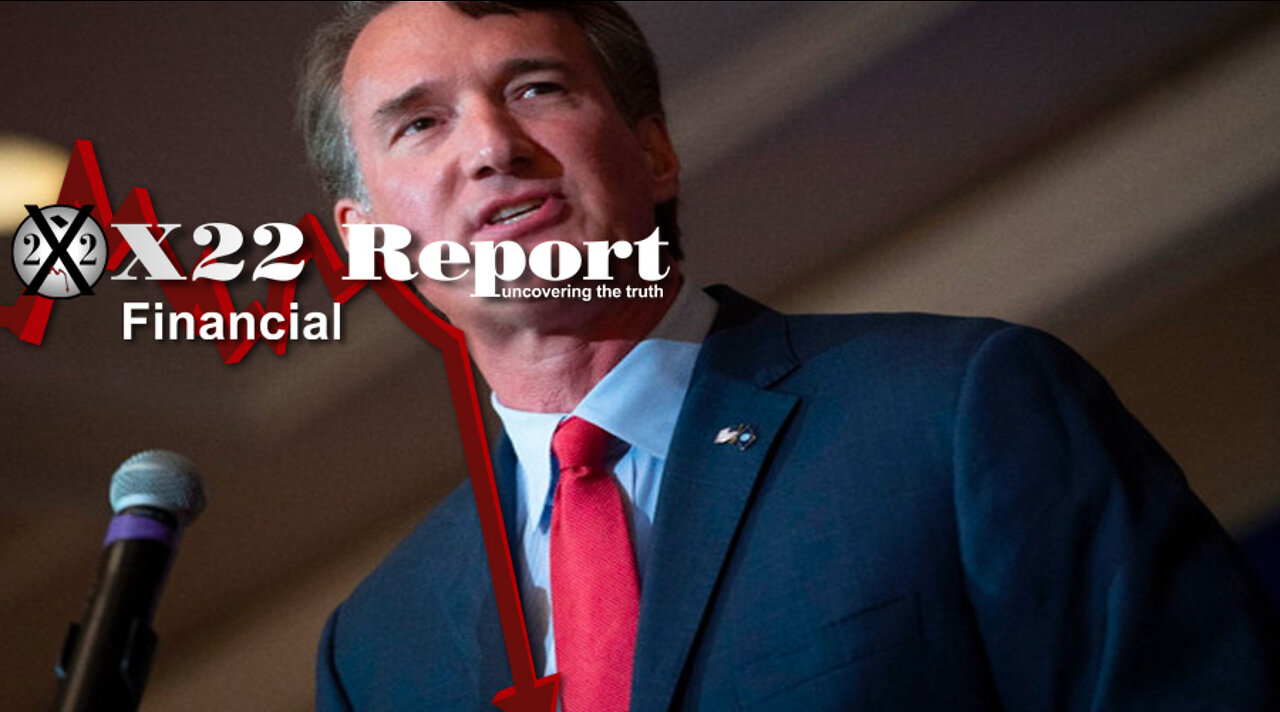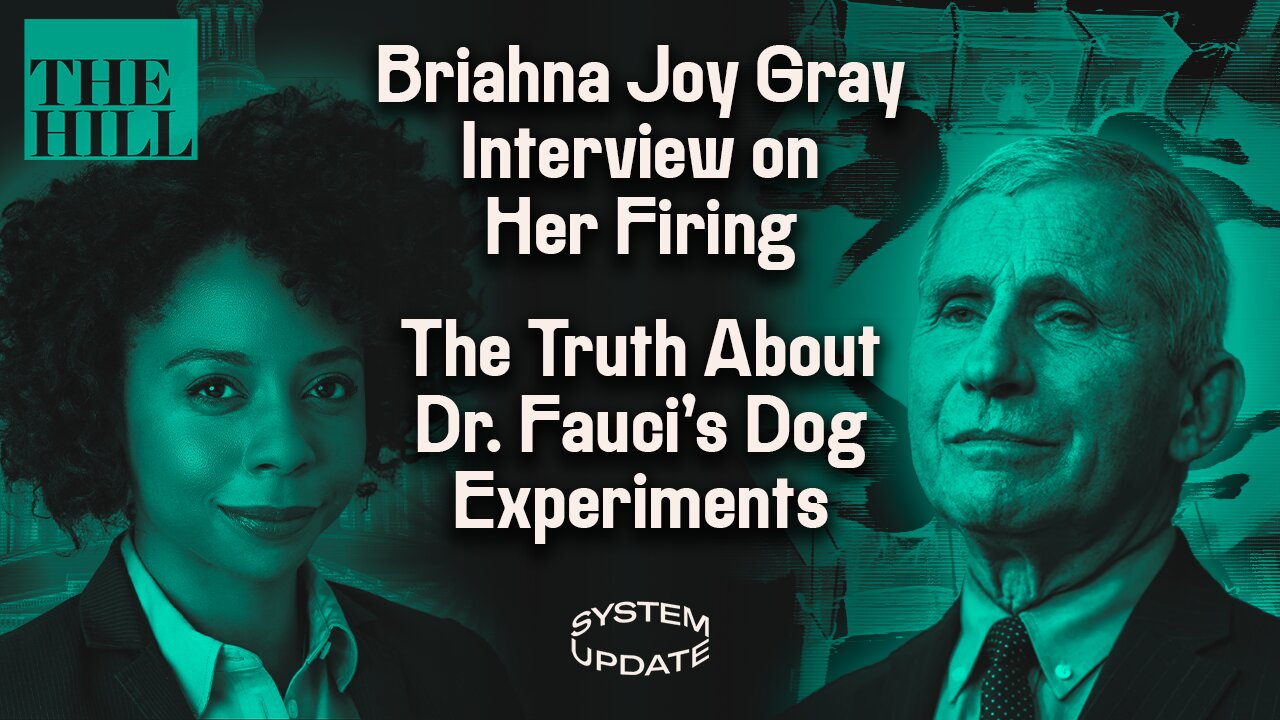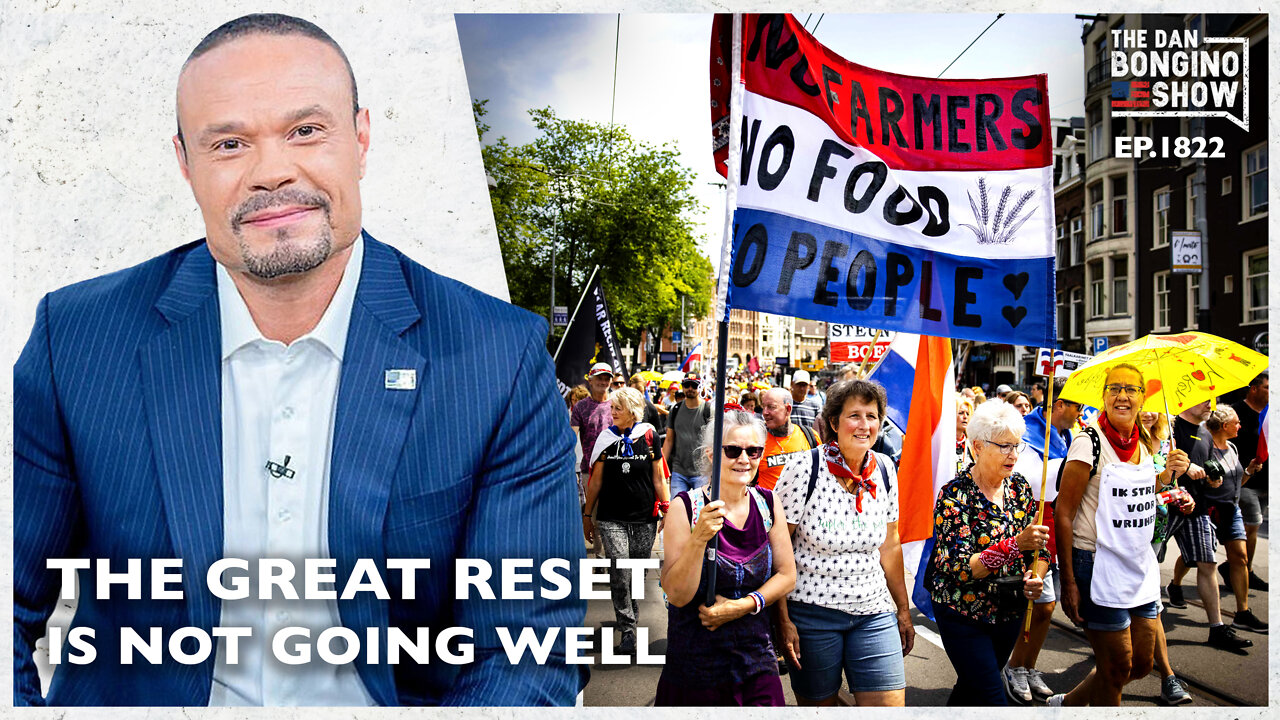Europe's Collapse Will Be the Launch of The Great Reset
Great Moments in Unintended Consequences: Gun Buybacks, Poppy Payday, CAFE Standards (Vol. 13)
Good intentions, bad results Watch the whole series: https://www.youtube.com/playlist?list=PLBuns9Evn1w9XhnH7vVh_7C65wJbaBECK Do you know a great moment in unintended consequences? Leave a comment or email us at comedy@reason.com. ***** Part One: Glock Management The year: 2008 The problem: Oakland has too many guns! The solution: Offer $250 for every gun turned in to the police, no questions asked. Sounds like a great idea, with the best of intentions. What could possibly go wrong? It turns out a lot of guns aren't worth $250. But they were that day! People drove for hours—even from other states—to sell their old junk that had been collecting dust, generally not the kind of weapons used to perpetrate a crime. In fact, the first two people in line at one of the buyback locations were gun dealers unloading their worthless stock. The program was estimated to cost $50,000, but the police department quickly ran out of cash and had to issue IOUs totaling roughly $170,000. It would have been more expensive, except that Oakland had essentially created an open air gun market: Some guns were actually bought by prospective buyers walking the line offering $300 for specialty items. Talk about a misfire. Part Two: Poppycock The year: 2002 The problem: Farmers in Afghanistan are growing poppies for the illegal drug market. And after all we've done for them! The solution: Cash for Poppies, a $30 million program to pay farmers $700 an acre to destroy their crops. Sounds like a great idea, with the best of intentions. What could possibly go wrong? Turns out, you can't get paid to destroy your poppy crop if you don't have a poppy crop. Poppy cultivation exploded, with many thoughtful Afghans making sure to harvest and sell the valuable sap on the black market before destroying the remaining plants to comply with the program—getting paid twice for the same crop. The project was such a fiasco that one British agricultural expert called it "an appalling piece of complete raw naivete." Put that in your pipe and smoke it. Part Three: Fuel's Errand The year: 1975 The problem: Cars are using too much gas! The solution: improve average fuel economy by penalizing automakers who fail to meet efficiency standards categorized by vehicle size, creating more stringent targets for passenger cars than for trucks used in farm work and commercial hauling. Sounds like a great idea, with the best of intentions. What could possibly go wrong? Turns out car manufacturers don't like paying fines. In order to comply with the new rules, automakers began making their cars…bigger! Voila! More crossovers, SUVs, and minivans—all of which technically meet the government definition of a "light truck." That's why a Lexus NX is actually considered a "truck." So is a Toyota RAV4 and a Subaru Outback. In fact, "light trucks" now account for almost 80 percent of all new vehicles sold. Way to truck things up.

















































